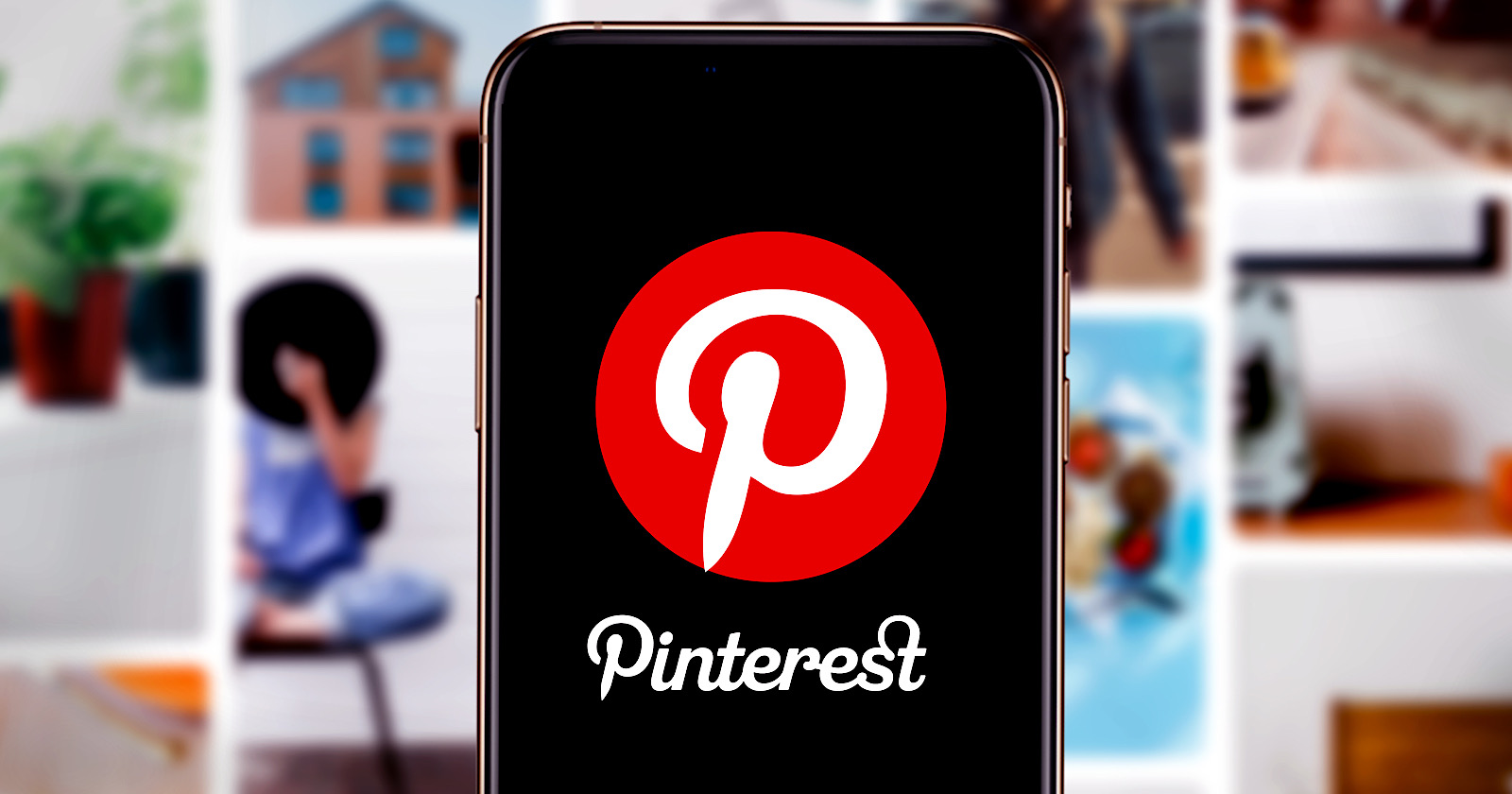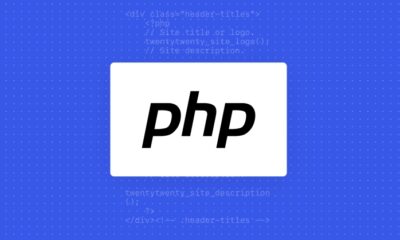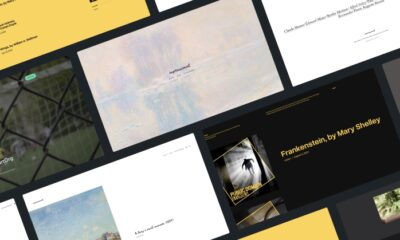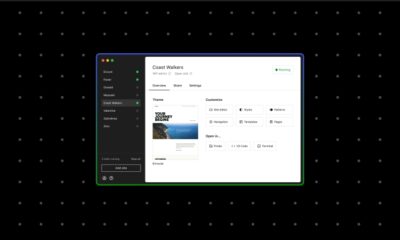MARKETING
Pinterest Reaches 60% of US Women; Here’s What They’re Searching For

Pinterest published a new report ahead of International Women’s Day which details what its largest demographic is searching for.
Traditionally, Pinterest has seen more use among women than men. The report indicates that Pinterest reaches 60% of all US women, including 80% of moms and 75% of millennial women.
The report also emphasizes the purchasing power of women worldwide, stating:
“As the global income of women reaches trillions of dollars, women are expected to control almost 75% of discretionary spending worldwide by 2028.”
In addition to using Pinterest to find ideas for dinner, travel, home and clothing, women are also looking to Pinterest for support and empowerment.
“Everything from traveling solo, living (and budgeting) with a partner, negotiating a tough salary, to buying a first home — no choice is too big.”
To that end, here’s a look at some of the top trending searches among women on Pinterest.
Trending Searches Among Women on Pinterest
Solo Living
- Searches for embrace being single are up 48%
- Searches for solo travel ideas are up 63%
- Searches for solo date ideas are up 57%
- Searches for how to buy your first home are up 124%
Pinterest notes, “this might just be the year more women invest their time and energy into living their best lives solo.”
Motivation & Self Improvement
- Searches for decision making activities are up 39%
- Searches for business ideas start up are up 941%
- Searches for how to ask for a raise at work are up 254%
- Searches for going back to school as a mom are up 53%
“Whether it’s climbing the ladder, taking a chance with a startup idea that’s been brewing, or heading back to school, women are searching Pinterest for inspiration to take the leap. And, as the platform for positivity, women come to Pinterest for ongoing motivation for themselves…”
Source: Pinterest


















